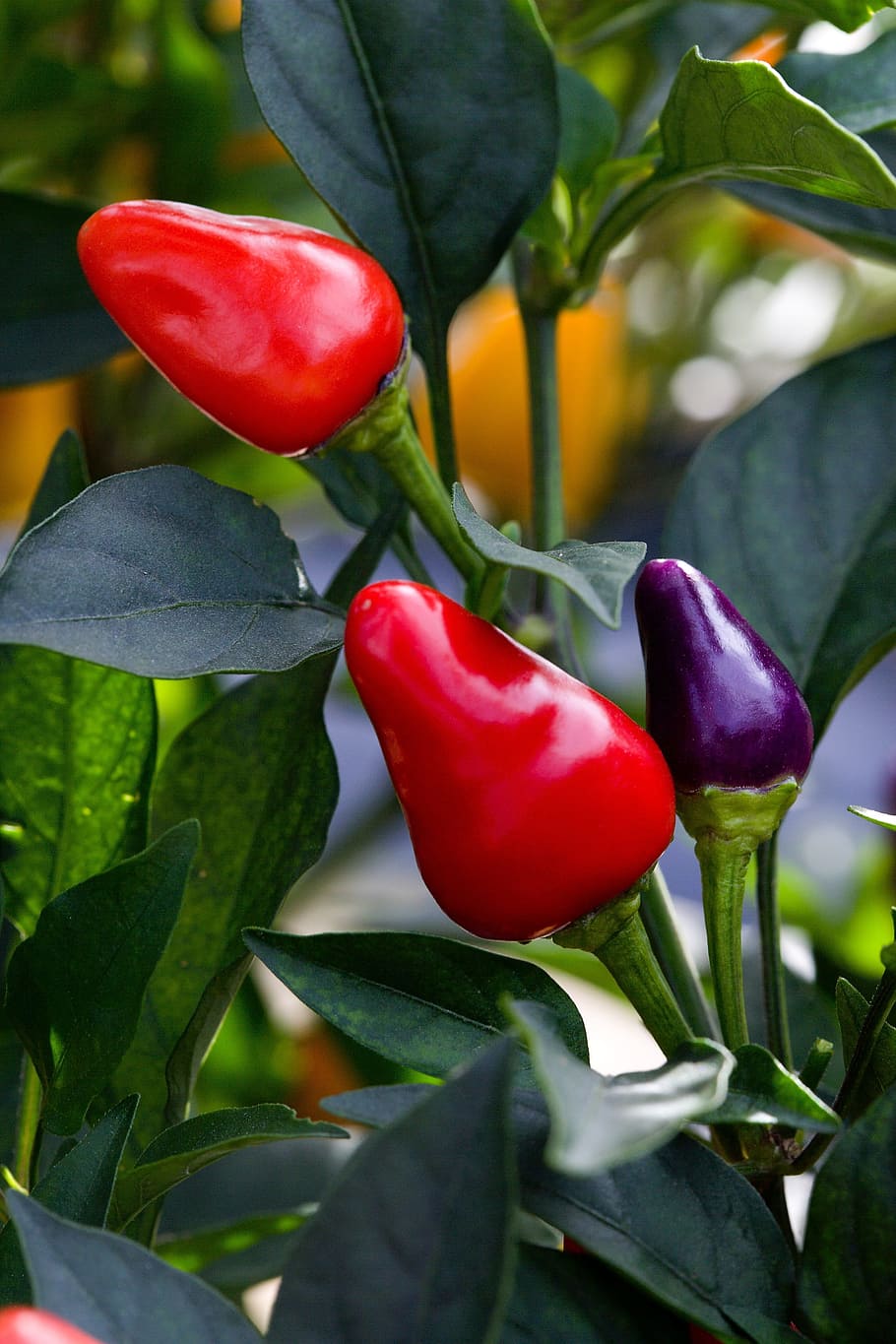Growing Peppers Indoors – Guidelines & Tips
Growing peppers indoors can be an exciting and rewarding hobby that can add a unique flavor and touch to your diet. As a home gardener, you can enjoy the satisfaction of cultivating peppers in your own space. Here are some guidelines and tips to help you get started.
Selecting a Variety of Peppers to Grow
With a little research, you can find a great selection of peppers to grow indoors. Choose a variety that works well with your climate and space. Consider the flavor, heat level, and color of the mature fruit when selecting a variety. Research also points to the fact that certain types of peppers are easier to grow inside than others.
Container
When it comes to planting peppers indoors, container size and drainage are key. A pot that’s too small will lead to stunted growth, while a pot that’s too wide might leave you with shallow soil. The container size should be around eight inches in diameter and should have multiple drainage holes. If you want to create an even bigger impact, you can opt for self-watering containers which automatically provide the appropriate and precise amount of water and soil nutrients.
Soil
When it comes to soil, the golden rule for growing peppers is to select one that’s well-draining and nutrient-rich. You can create your own soil mix with equal parts potting soil, organic compost, and perlite or sand. For added nutrition, consider adding a slow-release fertilizer. To ensure that your pepper plants receive adequate airflow, avoid oversaturating the soil.
Light
Light is essential for pepper plants. When grown indoors, you can supplement natural sunlight with a grow light. Place them on a timer and turn them on for 10 to 14 hours per day. Aim for at least six to eight hours of direct sunlight each day. If natural light is lacking, you may need to bring in a supplemental source of light.
Temperature
Pepper plants thrive in temperatures that range from 65 and 85 degrees Fahrenheit. To ensure adequate air circulation, an indoor temperature of 60 to 75 degrees is generally recommended. If your space does not provide these optimal conditions, you may need to bring in a fan, space heater, or cooling system to regulate the temperature.
Water
Water plays a crucial role in the health and growth of pepper plants. Aim to keep the soil consistently moist, but not overly wet. If you’re dealing with particularly dry indoor air, make sure to pay close attention to your watering schedule. You can also mist your pepper plants with water as needed.
Fertilizer
You can use a balanced organic fertilizer or a specially formulated pepper fertilizer to promote healthy growth. Follow the instructions on the package and fertilize your plants every two weeks once they become established.
By following these guidelines and tips, you can ensure that you’re giving your pepper plants the best care. With a little patience and dedication, you’ll be enjoying sweet, flavorful, home-grown peppers in no time.



